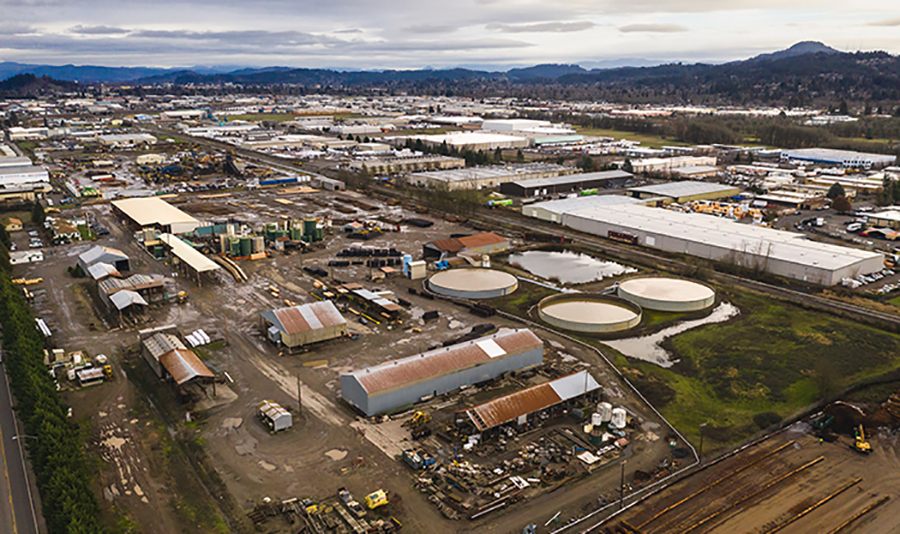By Kate Taylor
This blog is republished with permission from Kate Taylor. Originally published in The Cleanest Line, Patagonia.
I stand at my kitchen sink, looking out the window as I fill a glass of water. I live in Rockaway Beach a coastal community of 2,500 people, renowned for all that is epic about the Oregon coast: stunning beaches, lush forests and rich ocean and inland waters.
I take a sip from the glass. Outside, targeting a nearby clear-cut hillside, a helicopter sprays a sheet of herbicide. I spectate as the chemicals float to dirt, supposedly doing their job—killing weeds that might choke out saplings. Those weeds line Jetty Creek, the source of my small community’s drinking water. Yes, you read correctly: logging companies spray chemicals over my community’s drinking water. And under the protection of the archaic Oregon Forest Practices Act, they’re permitted to do so.
Jetty Creek is a small body of water flowing into Nehalem Bay. Coho, wild steelhead, elk, deer, bald eagles and other wildlife depend upon this creek for sustenance. A 2002 Environmental Quality Assessment outlined the critical and sensitive nature of the creek and the surrounding forest and wetlands. From 2006 to 2012, two private timber companies clear-cut more than 80% of the timber surrounding the watershed. This massive tree removal caused increased turbidity, clouding up formerly gin-clear water. To address this, our town water filtration plant installed two major upgrades, costing a cool 1.5 million taxpayer dollars. The EPA mandated the most recent upgrade, since our water did not meet minimum standards.
The spraying adds insult to injury. To prep for the next round of harvestable trees, the companies regularly spray manually and aerially with harmful herbicides that are known carcinogens. They are not required to notify the public when these treatments take place. As a feeble safety precaution, the stream buffer for aerial spray is 60 feet from the water’s edge and ten feet for manual spraying.
You can’t protect yourself from wafting chemicals unless you see the helicopter approaching. Luckily for me, today I can see it working like a busy bee, side-to-side along the steep hills from the safety of my kitchen. But if I’m out running, fishing, walking my dog, I might get crop dusted with a carcinogenic cloud.
Video: THIS IS OUR WATERSHED by Kate Taylor.
These outdated and poorly considered practices clearly place economic, environmental, and health burdens on local citizens. Advocating for change has fallen upon legislators’ deaf ears. But we’re not going to walk away from this issue. It’s time for Oregon to put an end to massive clear cuts and harmful herbicide applications that impact our drinking water up and down the Pacific Coast. Please join us by signing our petition and let’s spark change that encourages protection of coastal community watersheds.
I pour the glass of water down the drain. It’s a bottled water kind of day.
Help Kate and the Rockaway Beach Citizens for Watershed Protection get stricter regulations for aerial chemical spraying near homes, schools and watersheds in Oregon.
TAKE ACTION: Sign the petition
Kate Taylor is a Patagonia ambassador, fishing guide, hunter and full-time funhog. She lives with her partner Justin and their yellow lab Kada in Rockaway Beach, Oregon.
-----------------------------------





